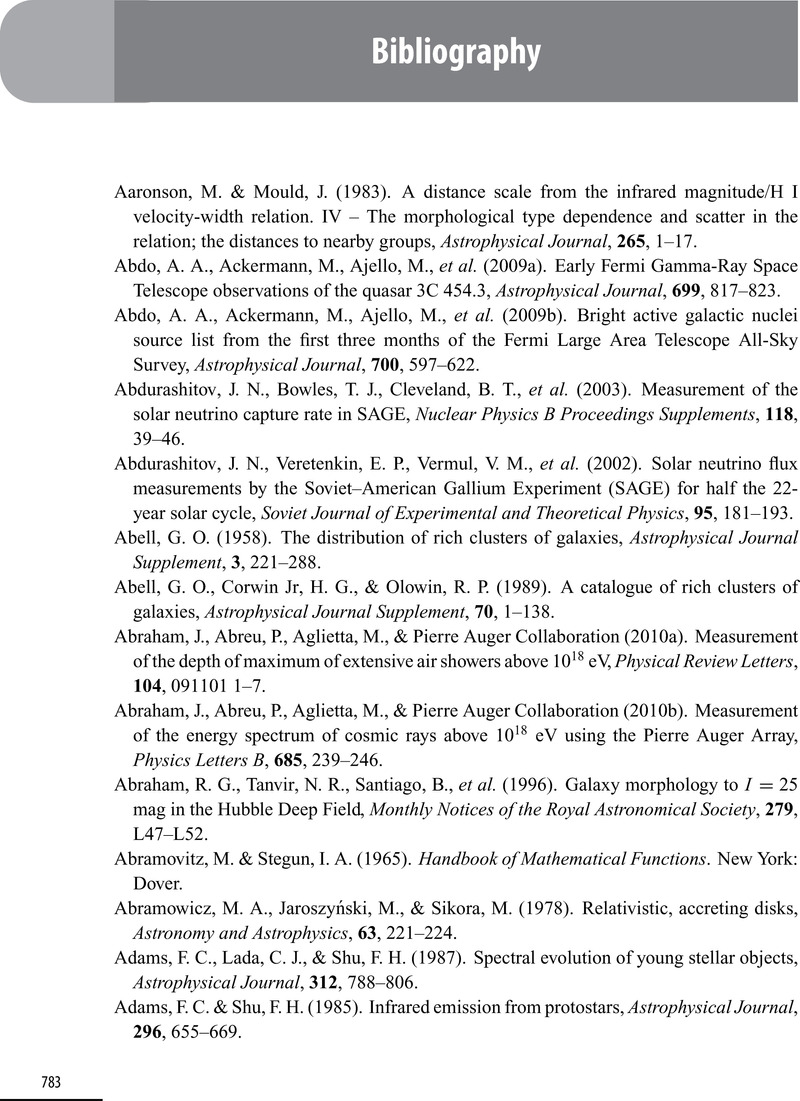Book contents
- Frontmatter
- Contents
- Preface
- Acknowledgements
- Part I Astronomical background
- Part II Physical processes
- Part III High energy astrophysics in our Galaxy
- Part IV Extragalactic high energy astrophysics
- Appendix: Astronomical conventions and nomenclature
- Bibliography
- Name index
- Object index
- Index
- References
Bibliography
Published online by Cambridge University Press: 05 June 2012
- Frontmatter
- Contents
- Preface
- Acknowledgements
- Part I Astronomical background
- Part II Physical processes
- Part III High energy astrophysics in our Galaxy
- Part IV Extragalactic high energy astrophysics
- Appendix: Astronomical conventions and nomenclature
- Bibliography
- Name index
- Object index
- Index
- References
Summary

- Type
- Chapter
- Information
- High Energy Astrophysics , pp. 783 - 824Publisher: Cambridge University PressPrint publication year: 2011



